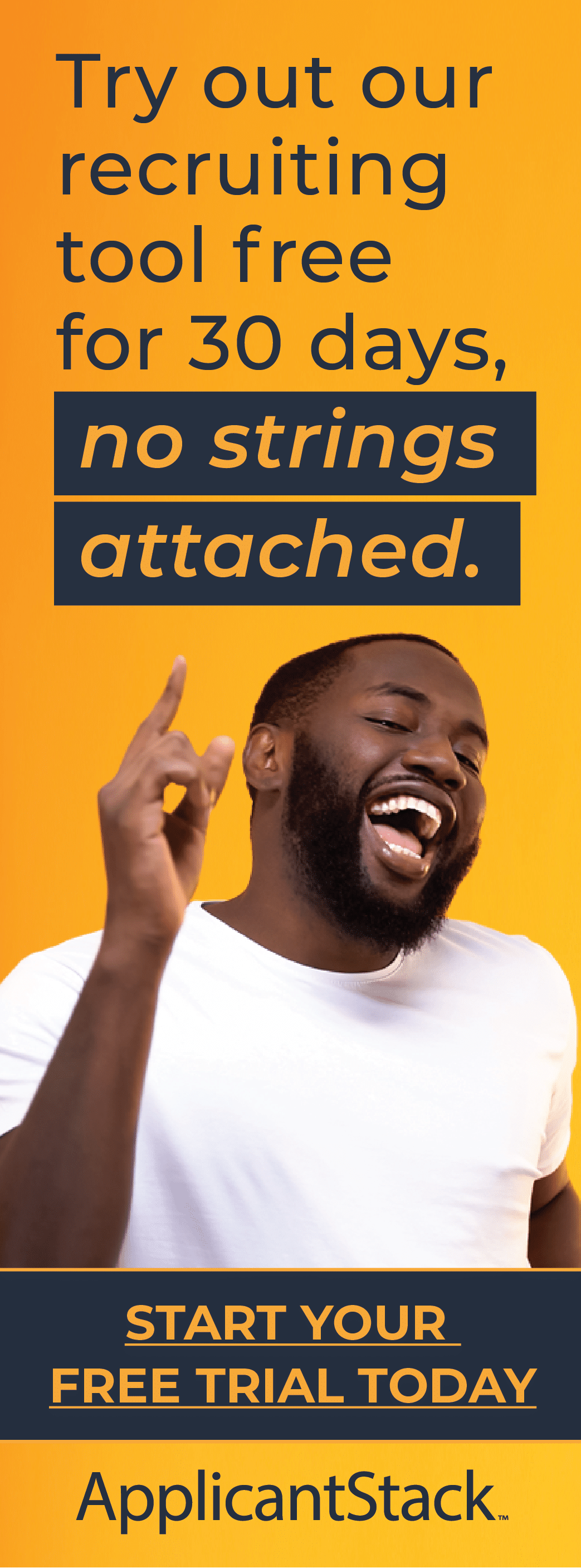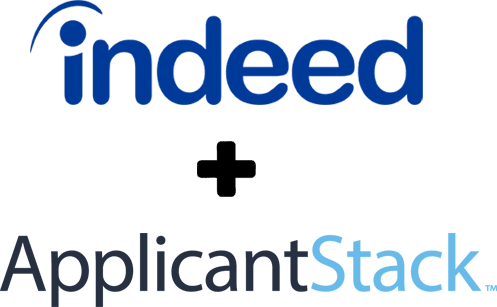The recruiting process is much more in-depth than it appears on the surface. Recruiters and HR professionals are often measuring key performance indicators (KPIs) behind the scenes to optimize processes, increase candidate engagement and boost the quality of their potential hires.
Further, tracking metrics, such as time-to-fill, helps recruiters communicate the value of what they do and the effectiveness of an employer’s investment in recruiting activities, improving the hiring processes over time.
As one of the more popular recruiting KPIs to measure, time to fill sounds and feels similar to other important metrics. Here, we’re defining what time to fill means, how to calculate it, how it’s different from time-to-hire and more.
What Is Time-to-Fill and How Do You Measure It?
In simple terms, time-to-fill is a recruitment KPI that measures the average amount of calendar days it takes your organization to fill an open role with a new candidate. The measurement generally starts when you get job requisition approval and/or actually post the listing, and ends when a new hire accepts your job offer.
Some organizations may choose a slightly different starting point based on their unique circumstances, but measuring from the date when the role is first advertised is the most standard, and a bit easier to manage.
What Impacts Time-to-Fill?
There are quite a few factors that can affect time-to-fill, most of which are outside of an organization’s control or are simply a product of the role itself. Components that can alter time-to-fill include:
- The role itself, i.e., its complexity or what’s being asked of candidates
- The job market
- The quality of candidates that apply
- Your organization’s hiring process
As an example, if the open role requires highly specialized skills, it can take longer to find a suitable candidate. Similarly, if your interview process includes multiple rounds of interviews or requires candidates to submit a video, the time to fill will be longer.
For reasons like these, it often makes sense for employers to measure time-to-fill by department or role. Doing so can help clean up the numbers and leave you with an even more accurate snapshot of time-to-fill metrics throughout the organization.
How To Calculate Time-to-Fill
Calculating time-to-fill is fairly straightforward. To determine it, sum the number of calendar days for each position you filled during a specific timeframe (i.e., a year or a quarter) and divide that sum by the number of hires during that time.
For example, if you hired three new employees in a year, spending 10, 15 and 20 calendar days respectively to move from requisition to offer acceptance respectively, here’s what the formula would look like:
10 + 15 + 20 / 3 = 15
In this case, your average time to fill is 15 days.
Time-to-Fill vs. Time-to-Hire
A similar-sounding recruitment metric, time-to-hire is often confused with time-to-fill and vice versa. However, the two KPIs are distinct and serve separate purposes.
Here’s a brief comparison:
Time-to-fill measures the average number of calendar days between an organization deciding to open a new job position or posting the listing, and having a candidate accept the job offer.
Time-to-hire highlights the amount of time between when you receive an application for a role (i.e. when a candidate enters the funnel) and when a job offer is accepted.
Same endpoint, different starting point.
Why Is Time-to-Fill Important?
Beyond the more tangible benefits that will be outlined below, there are a few additional reasons why measuring time-to-fill is important for your organization:
- It provides a quick reference point: If you find that your time-to-fill is significantly higher than industry benchmarks, which in 2023 is an average of 44 days, it’s a pretty clear sign that making a change may be a good, strategic play.
- It helps you evaluate the effectiveness of your recruitment strategy: Striking a balance between too short and too long a time-to-fill is essential. Measuring your recruiting KPIs can give you insight into what’s working well and what needs to change to optimize the candidate experience.
- It can help gauge changes in the labor market: The economy is in constant flux, which means the labor market is, too, influencing recruiting and hiring trends. If you historically have had a low time-to-fill and you notice it trending upwards, you can better prepare for changes and take proactive steps to optimize your hiring process.
But what about more tangible benefits?
The Benefits of Measuring Time-to-Fill
Recruitment metrics, in general, help recruiters optimize their organization’s hiring process by highlighting areas for improvement, identifying practices that are working well and more.
Time-to-fill specifically, however, offers a few unique advantages for employers.
Streamlined Hiring
Tracking time-to-fill helps organizations identify bottlenecks and inefficiencies in their recruitment process. By pinpointing where delays occur, companies can take corrective actions to streamline hiring procedures.
Common recruiting bottlenecks include:
- Indecisive or overly critical hiring managers
- Too many unqualified applicants
- Manual candidate screening
If you notice that your time-to-fill is stretching out longer than you’d hoped, you can dig into your processes and make amends where necessary to bring the number down.
Cost Savings
Lengthy recruiting often results in higher costs. Advertising a job post on third-party boards and websites is not free. In fact, some job boards can cost as much as $500 per month to advertise a listing. Optimizing your time-to-fill means less money spent on advertising.
In the same vein, if your company holds in-person interviews for an open position, you may have to reimburse interviewees for travel expenses, including transportation, food and lodging. The sooner you can find a suitable candidate, the less money you’ll need to spend.
Gain an Edge Over the Competition
Having a long time-to-fill not only puts strain on your organization but impacts the candidates involved in the process. The longer it takes to make a hiring decision, the more likely candidates are to walk away from the opportunity. In fact, 62% of professionals start to lose interest in a job if they don’t hear back within two weeks (10 business days).
A faster hiring process produces better chances of maintaining interest from top talent and securing those candidates before your competitors.
Enhanced Decision-Making
Collecting time-to-fill data using an applicant tracking system enables organizations to analyze historical trends and make data-driven decisions about resource allocation, staffing levels and recruitment strategies.
Reduce Your Time-to-Fill With ApplicantStack
Applicant-tracking software like ApplicantStack automates integral portions of your talent acquisition process to help reduce time-to-fill, find the right candidates more quickly and even aid with employee onboarding for a more seamless experience.
Our software operates on a recruit, screen, select workflow with intuitive tools for:
- Creating and publishing job postings online
- Functional recruiting where you may be most likely to find the right candidate, like social media
- Creating questionnaires and scoring applicants
- And much more
The platforms help talent acquisition teams streamline and automate essential recruiting checkpoints, such as pre-screening, pre-employment assessments and candidate nurturing to boost engagement and reduce your time-to-hire.
Start a free trial today and discover how ApplicantStack can help you make better hiring decisions, quicker.
- 3 Tips to Improve Communication with Applicants - April 26, 2024
- Understanding Contract-To-Hire and How It Works - April 23, 2024
- Should Your Job Listings Include Salary Information? - April 19, 2024











